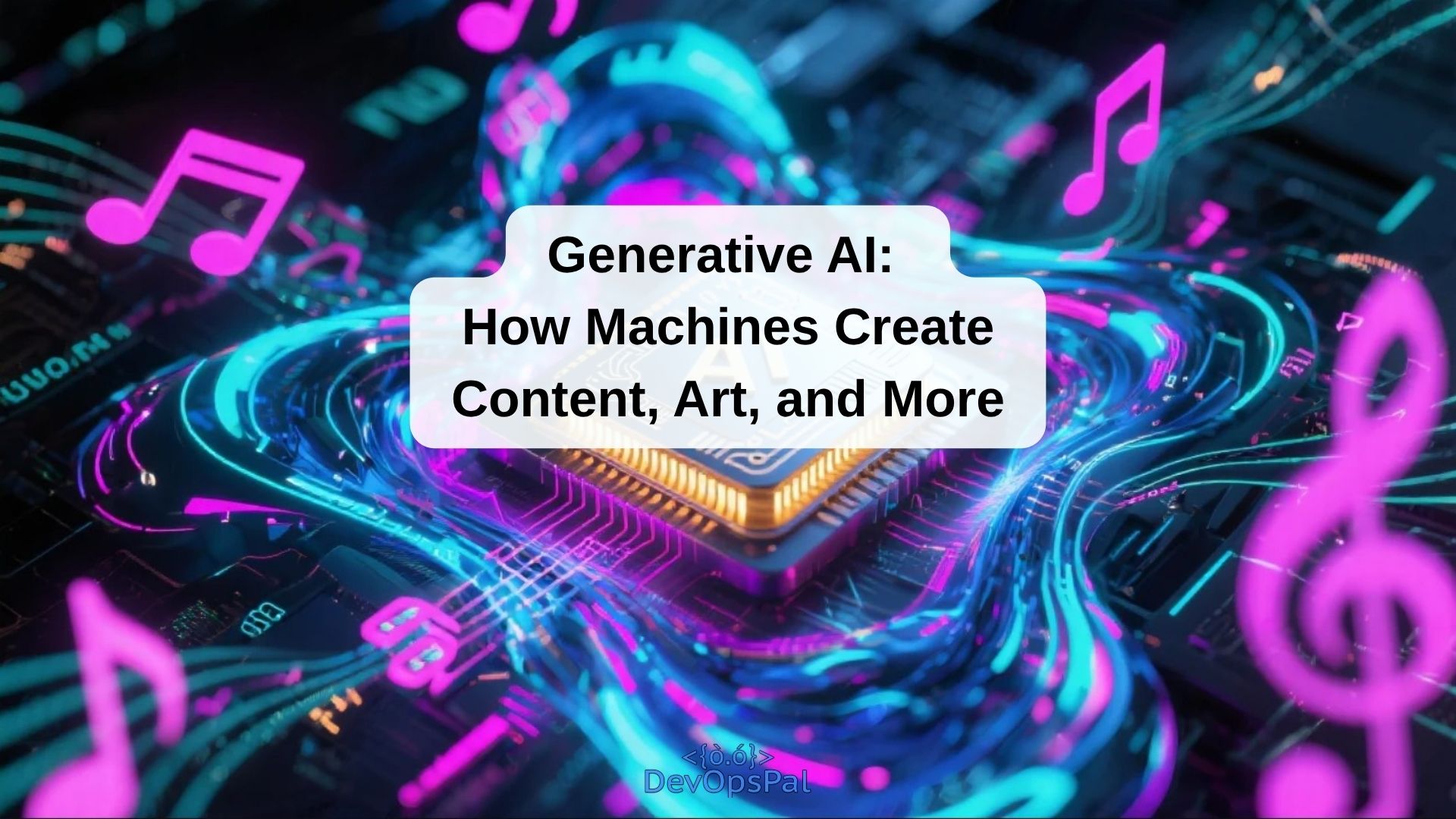Generative AI is one of the most exciting and rapidly advancing areas in artificial intelligence. Unlike traditional AI, which focuses on analyzing data or making predictions, generative AI is all about creation. It enables machines to generate new content—text, images, music, code, and more—often with results that are indistinguishable from human-made work.
What is Generative AI?
Generative AI refers to algorithms and models that can produce new data samples from existing data. These models learn the patterns, structures, and nuances of their training data and use that knowledge to create original outputs. The most well-known generative AI models are based on deep learning, particularly neural networks called Generative Adversarial Networks (GANs) and transformer-based models.
How Does Generative AI Work?
At a high level, generative AI models are trained on large datasets. For example, a text-generating model might be trained on millions of books and articles, while an image-generating model could learn from thousands of paintings and photographs. During training, the model learns to capture the underlying patterns and relationships in the data.
Once trained, the model can generate new content by sampling from what it has learned. For instance, a language model like GPT can write essays, poems, or even code based on a prompt. An image model like DALL-E can create original artwork from a simple text description.
Real-World Applications
Generative AI is already making a significant impact across various industries:
- Content Creation: AI can write articles, generate marketing copy, and even compose poetry or stories.
- Art and Design: Artists use AI to create new visual styles, generate concept art, and explore creative possibilities.
- Music: AI models can compose original music, remix existing tracks, or assist musicians in the creative process.
- Software Development: Generative AI can write code snippets, automate repetitive programming tasks, and help debug software.
- Gaming: AI-generated characters, environments, and storylines are enhancing the gaming experience.
Benefits and Challenges
The benefits of generative AI are vast. It can boost productivity, inspire creativity, and democratize access to high-quality content. Businesses can automate content generation, artists can explore new creative frontiers, and individuals can access personalized experiences.
However, generative AI also presents challenges. There are concerns about copyright infringement, misinformation, and the ethical use of AI-generated content. As these models become more powerful, it’s crucial to develop guidelines and safeguards to ensure responsible use.
The Future of Generative AI
Generative AI is still in its early stages, but its potential is enormous. As models become more sophisticated and accessible, we can expect to see even more innovative applications. The line between human and machine creativity will continue to blur, opening up new possibilities for art, business, and society.
Conclusion
Generative AI is revolutionizing the way we create and interact with content. By understanding how these models work and their potential applications, we can harness their power to drive innovation and creativity in every field. Whether you’re an artist, developer, or business leader, generative AI offers exciting opportunities to shape the future.

